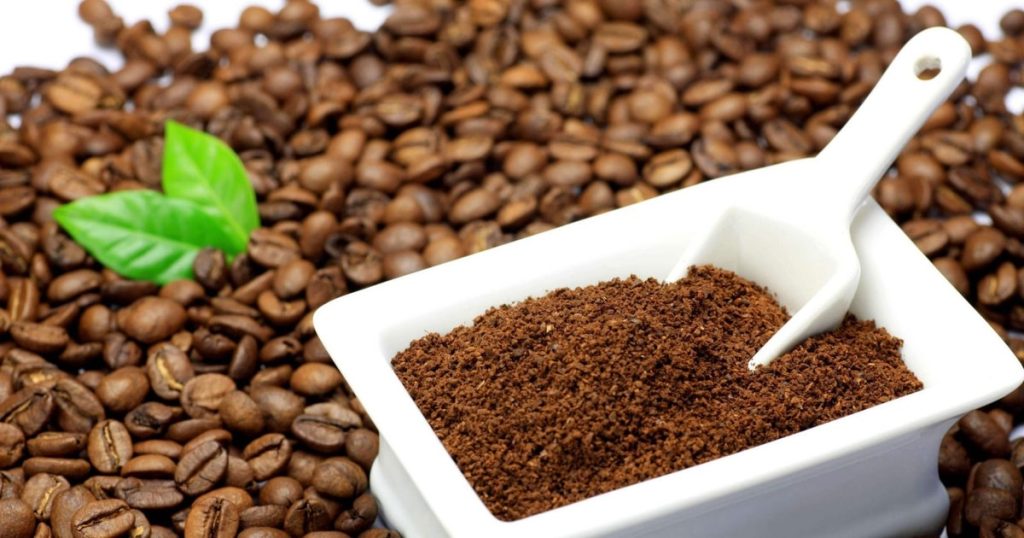The Gayo Highlands, located in Aceh, Indonesia, is a treasure trove of rich history and culture, most notably exemplified by its deeply rooted coffee heritage. Known for its rich flavors and unique processing methods, Gayo coffee has become a significant part of Indonesia’s identity on the global coffee stage. The story of Gayo coffee is intricately woven into the fabric of the local communities, their traditions, and the environmental conditions unique to this region.
A Brief History of Gayo Coffee
Coffee in the Gayo region can trace its origins back to the Indonesian coffee boom in the 17th century when the Dutch colonialists introduced coffee cultivation to the archipelago. However, it wasn’t until the 1950s that Gayo coffee began to gain recognition. The high altitude and optimal climatic conditions—the combination of fertile volcanic soil, ample rainfall, and cool temperatures—have made the Gayo Highlands a paradise for coffee cultivation.
Local farmers have traditionally cultivated Arabica coffee varieties, particularly the Typica and Bourbon cultivars. These beans are known for their exquisite taste, characterized by a complex balance of acidity and sweetness. Over generations, Gayo coffee producers have honed their skills in cultivation and processing, crafting beans that stand out in both national and international marketplaces.
Unique Growing Conditions
The Gayo Highlands, sitting at elevations ranging from 1,200 to 1,800 meters above sea level, provide the ideal environment for coffee growth. The region’s unique microclimate features cooler temperatures, which slow down the maturation of coffee cherries, allowing for a richer flavor profile. Furthermore, the combination of fertile soil, abundant rainfall, and careful land management practices lead to the production of high-quality coffee beans.
Processing Techniques
One of the distinguishing aspects of Gayo coffee is the traditional processing methods employed by the local farmers. Most notably, the wet-hulling process, known locally as “Giling Basah,” allows the coffee beans to retain their unique flavors. This method involves removing the outer skin and mucilage of the coffee cherry while still retaining some of the parchment layer. This process helps to impart a bold body and ensures that the beans highlight their distinct floral and fruity notes.
Cultural Significance of Coffee in Gayo
Gayo coffee is far more than just a beverage; it holds immense cultural significance within the community. Coffee ceremonies are integral to local traditions, symbolizing hospitality and kinship. When guests arrive, serving coffee is a sign of respect and acknowledgment. Furthermore, coffee cultivation provides a stable source of income for many families, contributing to both economic sustenance and social stability in the region.
Gayo Coffee and Sustainability
In recent years, there has been a burgeoning emphasis on sustainable farming practices within the Gayo coffee community. Many farmers are adopting organic farming techniques and certifications to not only enhance the quality of their coffee but also to protect the natural environment. This shift towards sustainability ensures that the rich biodiversity of the Gayo Highlands is preserved while also increasing market access for farmers.
Global Recognition
Gayo coffee has gained significant traction on the global coffee scene, particularly in specialty coffee markets. The unique flavor profile, which often features chocolate, citrus, and floral notes, appeals to coffee connoisseurs worldwide. The distinctiveness of Gayo coffee has led to its participation in competitions and exhibitions, further propelling its reputation.
Moreover, the Indonesian government has been actively promoting Gayo coffee as a premium export product. Efforts are underway to create branding and marketing strategies, further highlighting its unique heritage and quality. For more details on how specialty Arabica from Indonesia is crafted and positioned on the global stage, you can read about it here.
Conclusion
Gayo coffee is not just a drink; it’s a celebration of culture, history, and community. The art of coffee production in the Gayo Highlands reflects generations of tradition and an enduring connection to the land. As the world continues to evolve, the rich heritage of Gayo coffee remains a vital symbol of Aceh’s identity, resilience, and commitment to sustainability. Supporting Gayo coffee means embracing the rich cultural tapestry that brings us all together, cup by cup.
FAQs
1. What makes Gayo coffee different from other Indonesian coffees?
Gayo coffee stands out due to its unique flavor profile, characterized by floral and fruity notes, with a heavy body that comes from the special wet-hulling method of processing. The specific elevation and climate of the Gayo Highlands also contribute to its distinct taste.
2. How is Gayo coffee processed?
The traditional processing method used in Gayo is called “Giling Basah” or wet-hulling. This involves partially removing the cherry’s outer skin and mucilage, leaving a bit of the parchment layer on the beans, which helps preserve its flavor.
3. Are there sustainable farming practices in Gayo?
Yes, many farmers in Gayo are adopting organic farming methods to enhance the quality of their coffee while promoting environmental sustainability. This focus on sustainable practices helps protect the region’s natural resources and biodiversity.
4. How can I support Gayo coffee farmers?
Supporting Gayo coffee can be through purchasing coffee from reputable brands that source their products directly from Gayo farmers. Additionally, you can promote awareness about Gayo coffee and its rich cultural significance.





